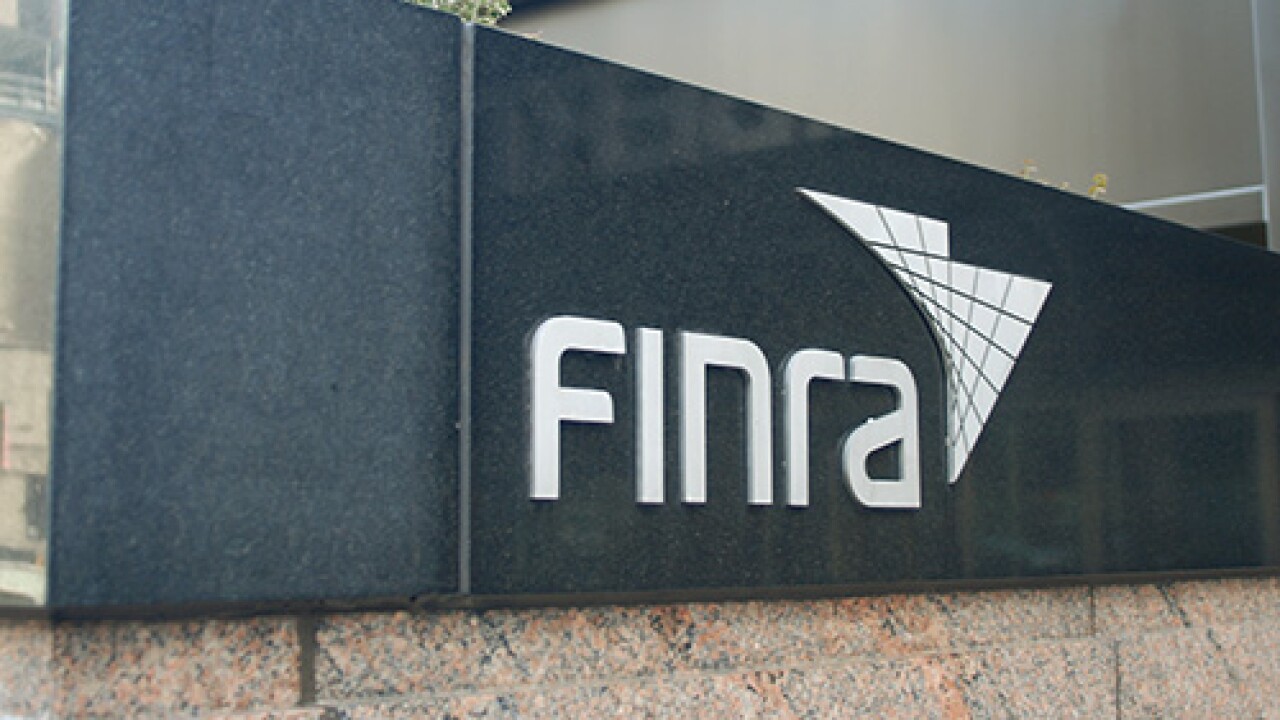PLEASANTON, Calif.—The change in mortgage disclosure forms generated no small amount of publicity leading up to the Oct. 3 implementation date, but that does not mean everyone got the message.
Jonathan Corr, president and CEO of Ellie Mae, a provider of on-demand software solutions and services for the residential mortgage industry, told CU Journal he heard about a small lender calling its technology vendor on Oct. 5 to ask why the software changed.
"Other than that, the industry really worked hard to get ready for this," Corr said. "It was a very collaborative effort to make sure lenders and the industry were ready. There were a lot of things to work through. It feels like we are in pretty good shape so far, but we will see what happens when loans start to close in big numbers."
From the perspective of a technology company, Corr said Ellie Mae's goal was to have the first Monday using the new TILA/RESPA Integrated Disclosures (commonly referred to as TRID) be a "non-event" for its customers.
"That was a big goal, because this was the biggest change in the industry in 40 years," he said. "We received great feedback from many of our customers, which feels really good. I don't know if anyone could have been perfectly ready, because there were so many moving parts."
Some of those moving parts included changes to data fields, new calculations and substantial differences in work flow.
Lender credits are very different under the new forms, so there is "a lot of grayness," in that area, according to Corr. He said the way some lenders were inputting the data was incorrect. "There were a lot of rule changes and a lot of little details. The way the rules were written was not intuitive, so there were a lot of things to learn. We saw lenders that were really well prepared, and others were not as prepared. Those that did their work ahead of time were better off."
No Live Scrimmages
Of course, all the Webinars and training in the world could not address every issue relating to the switch in disclosure forms in advance. Several mortgage professionals told CU Journal they had problems during the first two weeks.
Corr said this is understandable given the abrupt switchover to new forms on midnight as Oct. 2 became Oct. 3—meaning there are mortgages in the current pipeline using the old forms, and loans using the new disclosure regime.
"As much preparation as we and our customers did, we could not do a live scrimmage, as in football," he assessed. "Right now people are live and are figuring out all these various steps. It will take a quarter or two, and people actually going through some closings, to see how it all works out."
Ellie Mae has seen a few of its clients close loans with the new forms as of Oct. 27, but only a small percentage of new applications. Corr said as lenders start closing en masse, the company expects to get a lot of calls.
"As people work through it and get familiar with it, smart lenders will take advantage of electronic disclosures, which will speed up the process. I think it is possible we will start to see closing times contract as more steps are done electronically."





